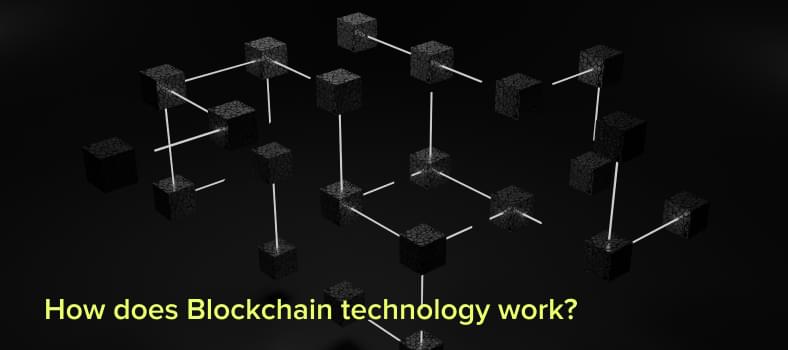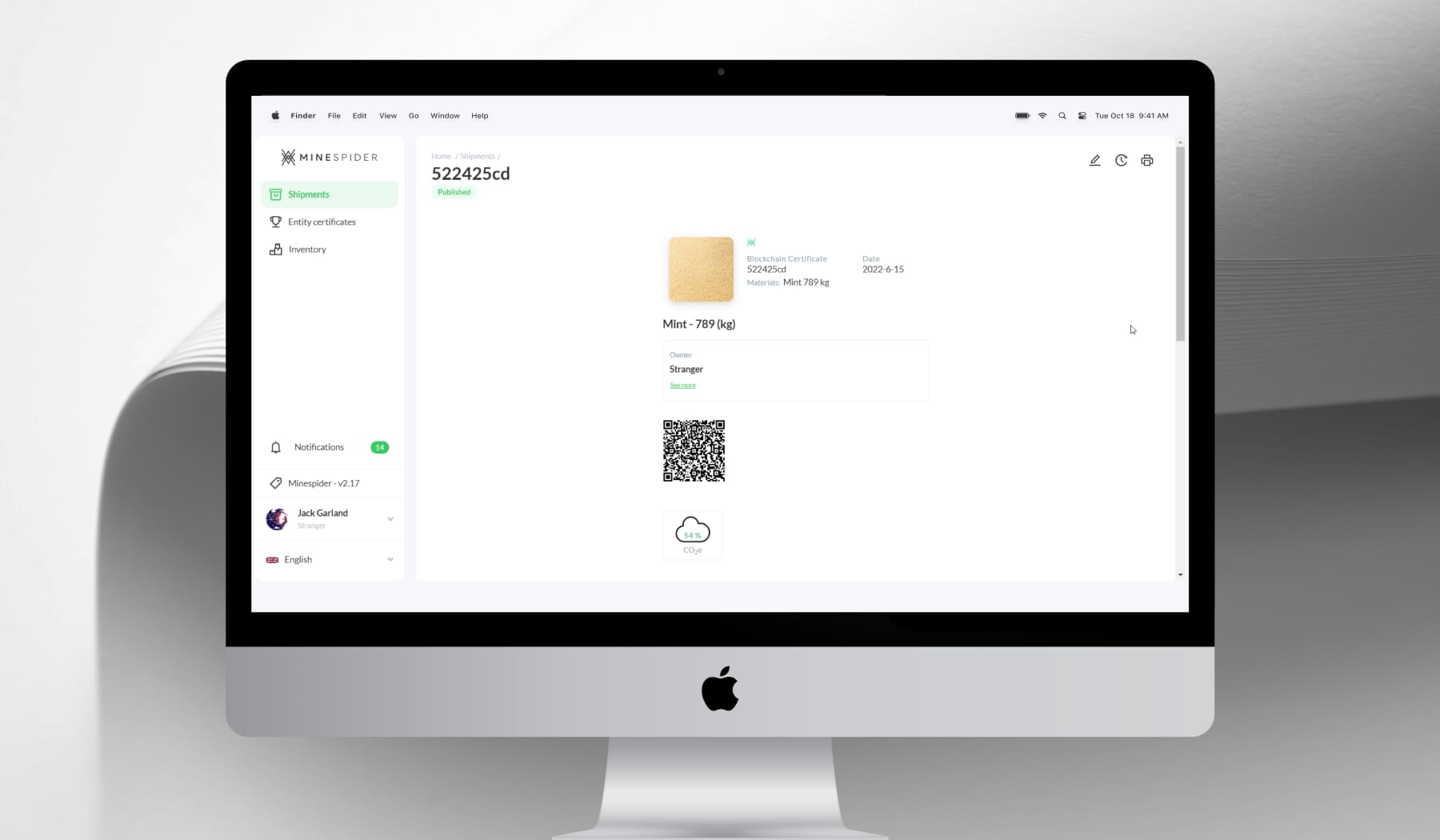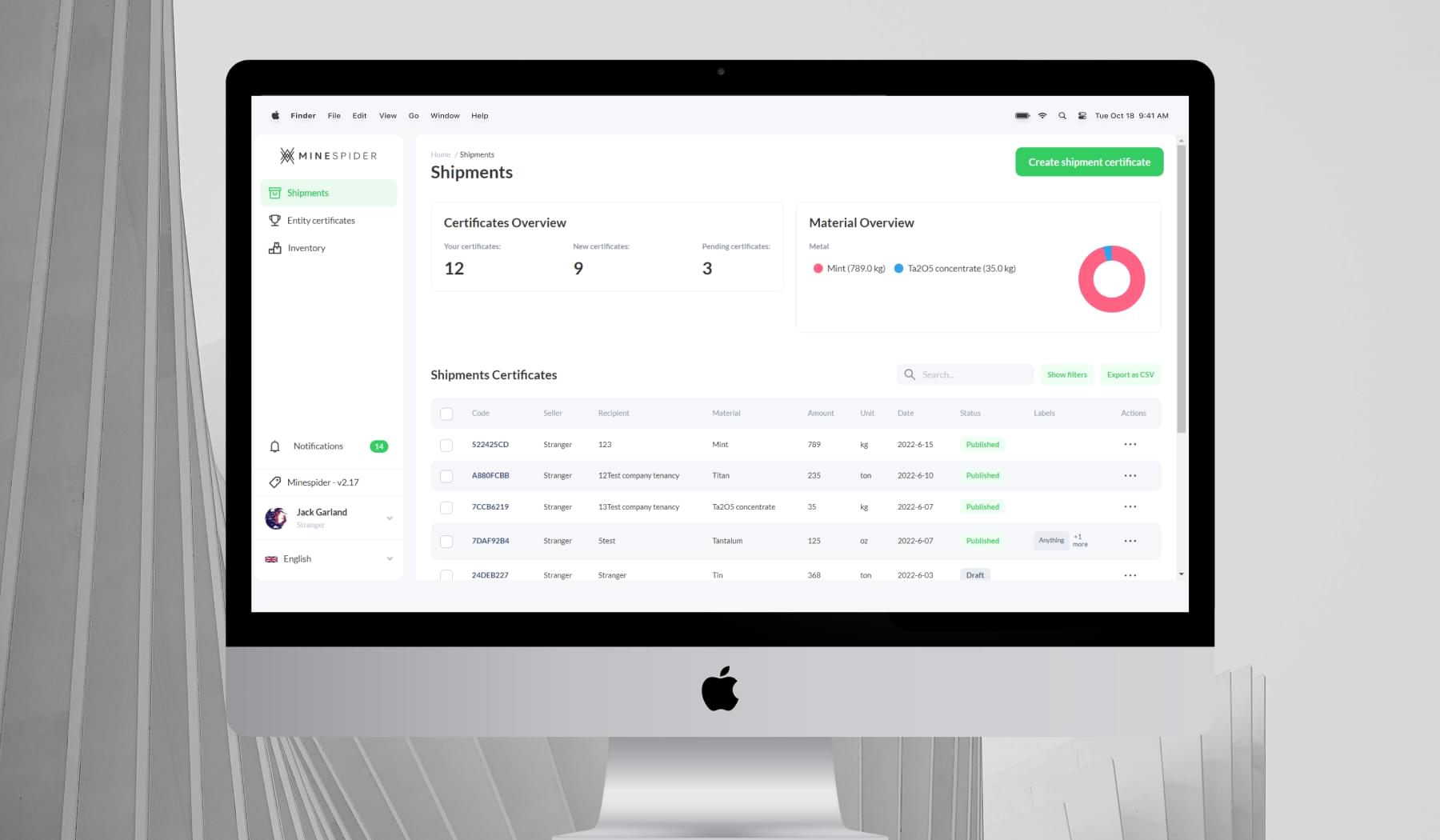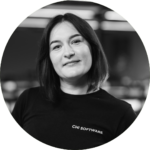According to international research, the Blockchain market is predicted to grow to 39.7 billion USD in 2025. This rapid growth creates an increasing need for Blockchain platform development. The banking sphere was the first to invest in and adopt this technology; however, other industries, like mining, also keep up with the latest tech trends.
Here we will discuss what Blockchain technology is, how it works, what the Pros and Cons of this technology are, and how Blockchain is changing mining and metal supply chains.
What Is the Blockchain Origin, and How Does It Work?
Blockchain technology was first mentioned in 1991 by Stuart Haber and W. Scott Stornetta. These mathematicians wanted to create a system where document timestamps could not be tampered. In the late 1990s, Cypherpunk Nick Szabo proposed using Blockchain to secure a digital payment system known as bit gold.
Thus, Blockchain is a record-keeping technology created to prevent the system from being hacked or stored data from being forged, making it top secure and immutable. The Bitcoin cryptocurrency was the first widespread application to use Blockchain successfully. For this reason, Blockchain is often associated with Bitcoin and its alternatives.
Read also: Mobile development trends to grow your business in 2023
Nowadays, Blockchain has various working functionalities apart from Bitcoin. Healthcare, fintech, supply chain, logistics, mining industries, and many other fields use this technology to build applications and platforms.
Let’s see how it works.

By definition, Blockchain is a distributed ledger technology (DLT). It is a digital system that simultaneously records transactions and related data in multiple places. This way, it prevents failures, and all copies are updated and validated concurrently
Simply put, as in the video by David Shrier, Oxford and MIT Futurist, Author and CEO of Distilled Analytics, Blockchain is a distributed database. It is revolutionary in ways of storing and managing data. Instead of storing information as traditional databases do, in rows, columns, tables, and files, Blockchain stores data in digitally chained blocks.
Besides, unlike traditional databases managed by a central computer, Blockchain is a decentralized database managed by computers belonging to a peer-to-peer network.
In order to visualize the process, have a look at the old, yet very detailed and still the best video explanation of this technology by Anders Brownworth.
Pros and Cons of Blockchain in Supply Chain
To have a bigger picture, let’s dive deep and see the advantages and disadvantages of this popular technology in the supply chain.
Pros come first.
- Decentralized structure. Blockchain supports sharing data within a business network where no single entity is in charge.
- Trust. Blockchain creates trust between different business entities when they engage in secure transactions or data sharing.
- Innovative technology. Different industries implement blockchain-based solutions to solve business problems and improve long-standing, outdated practices.
- Improved accuracy. This technology demonstrates high data accuracy, removing or minimizing human involvement in the verification process and protecting against data manipulation.
- High speed. Replacing remaining manual processes in transactions and eliminating intermediaries, Blockchain can handle transactions much faster than conventional methods. In some cases, in seconds or even less. Still, time varies, depending on, for example, how large each data block is.
- Reduced cost. Blockchain technology reduces manual tasks, such as aggregating data, simplifying reporting processes, and cutting costs by eliminating vendors and third-party providers that traditionally provide the processing that Blockchain can do.
- Security. The Blockchain nature makes the system highly secured thanks to the decentralization of the data storage. Also, it makes fraud impossible; as long as each block of the chain contains info of the previous one, so any interference can be tracked.
However, we need to mention some Cons of the Blockchain technology too
- System support. Many blockchain-based solutions need help from other systems and processes to verify that the data being added to Blockchain is accurate — for example, the use of Blockchain for the supply chain management.
- Existing systems replacement. Blockchain-based apps require every party involved in the network or ecosystem to use this system. It means it requires everyone to invest in the new technology implementation and process changes.
- Uncertain regulation. Despite the technology’s decentralized nature, businesses that use the Blockchain technology often require some central control. So, there is still a question about who will address breaches in trust and protocols.
How Blockchain Is Changing Mining and Metal Supply Chains

The mining and metal market has suffered the inefficiencies of paper-based, manual processes that have impacted industries’ performance for a long time
The need for transparency and strict ESG compliance regulations has pushed this sector towards adopting the Blockchain technology and solutions to address these challenges. MineHub, FOBI AI, Glencore, Aspen Technology, and Minespider are leading companies turning to Blockchain solutions.
This innovative technology brings transparency, scalability, reliability, and traceability to mining supply chains allowing these companies to track the metals and mining supply chains for transparency in carbon emissions, water use, human rights, and finances.
Let’s move on to the actual steps needed to build a Blockchain platform for a mining company.
Tips to Build a Secure Blockchain Platform
The supply chain that deals with mining and raw minerals like tin, tantalum, cobalt, or gold is very complex. We can divide this process into several steps. First of all, the minerals are mined, then a transporter delivers the minerals to a processor. The processor makes all preparations for the manufacturing process. Finally, transporters mix minerals from multiple sources before they make it to a processing facility. And this complex process requires high tracking transparency based on the Blockchain technology.
Let’s see the main steps a mining business can take when building a blockchain-based solution.
Tips for building a secure Blockchain platform
- Find a professional software development team with experience and experts in this domain;
- Conduct profound research on popular platforms and Blockchain-based solutions on the market and in your niche;
- Select the most suitable functionality for your business needs;
- Consult about the best-suited technology stack and software architecture to support the selected functionality;
- Build a prototype and MVP version to check if this solution meets the needs of your business and its end-users;
- Develop, deliver, and test the application. Download our free eBook on everything you need to know about software development team optimization.
Are you looking for a development team to help you with a new product development? Visit our product development page for more information.
Let us share our recent experience with Minespider company to demonstrate how these tips work on actual product development.
About our client
The German company Minespider uses the Blockchain technology to make every step in the complex supply chain easier to track. Blockchain is an excellent tool since it allows producers to maintain data privacy while still complying with a secure verification process. One of the main reasons for Minespider to build their application using Blockchain was also the possibility to ensure that all the participants in the supply chain are legit. It helps reduce risks of working with shady organizations and also to ensure that kids labor is not involved.
Previous certification efforts failed because they put heavy compliance burdens on the suppliers, and many needed to share proprietary information with competitors. The Blockchain protocol that our client has developed is decentralized and thus public.
Minespider partnered with CHI Software to help them extend their internal Blockchain knowledge and combine it to develop web applications from scratch and select the most suitable ones for their customers’ needs. One of the key priorities was and still is to build a scalable product that is easy to use by different types of their customers.
Steps we took to build a Blockchain solution from scratch
- Conducted initial research of popular cloud-based platforms and selected the most suitable one;
- Implemented a UI/UX responsive design;
- Created a web application, an API, backend, front-end – all this effort to enable companies to tack efficiently and transparently their supply chains without any complexity;
- Delivered the solution on time and within budget;
- Provided Software Testing of the final solution.
About the Blockchain platform in detail

This platform is built on the Ethereum Blockchain and has 2 main elements, or layers:
- The Certificate layer . It stores data of such scans: authorizations, certificates of origin, transfers, production limits;
- The Blockchain layer. It records the amount of metal produced by responsible sources and who owns it.
This Blockchain-based solution with robust tools gives customers secure Blockchain access to their products’ traceability data with a simple QR code.

Main features of the Blockchain platform
Different data layers
The Minespider Protocol employs a Multilayer data structure, where keys to access the supply chain history are stored in a certificate and are passed as a nested, encoded data packet. Alongside this, three different data layers are passed downstream to the supply chain. Dividing the data into three layers makes the system even more flexible, so a customer can decide to which groups of users they want to share the data. These layers are:
- Private: only the recipient can access this sort of data
- Transparent: all the participants of the supply chain can access the data
- Public: any kind of users can access the data
Together this method provides market data privacy with data transparency.
Minespider API
The Minespider API requires no Blockchain expertise and is designed as a simple-to-use REST API so that it can be integrated easily throughout many projects.
Minespider SDK Blockchain library
The Minespider SDK Blockchain library is a direct way of interacting with Minespider Blockchain. It also formalizes how data is structured and handles this data.

Different accesses and plans:
- Legal digital encrypted documents/copies for numerous raw materials;
- Production and sale of encrypted legal documents to users through a web app, and a fee-paying API for third parties as a product;
- Raw materials transparent tracking to regulate and solve international problems with conflict-free minerals, environmental obligations, etc.
What our client says

“We’ve partnered with CHI Software to help us extend our internal Blockchain knowledge and to develop web apps from scratch, selecting the most suitable ones for our customers’ needs. We implemented a UI/UX Responsive design and created a web app, an API (Yes, a Blockchain system but with a regular API structure), and both backend and front-end. The result is new markets, happy customers, and very easy-to-use software.” – Felipe Stark, CTO at Minespider.
Find out more about blockchain-based system in our case studies.
Final Words
We are now living in a Blockchain 2.0 era, with uncertainty about cryptocurrencies and emergence of business applications. Considering the recent Blockchain technology statistics, it is not just hype or a short-term technology. On the contrary, more and more industries, including mining and supply chain, are starting to implement Blockchain-based solutions to improve and secure their business flow.
Still, business owners need to carefully consider all the Pros and Cons of this technology when they make their Blockchain investments and find a reliable software development provider to benefit from it in full.
About the author
Irina is a Creative Writer with 10+ years of experience within the software development domain. She is keen on everything tech and gets easily inspired, follows all the recent IT-related trends, and loves creating interesting content for the CHI Software blog, and social media.
Rate this article
22 ratings, average: 4.5 out of 5







